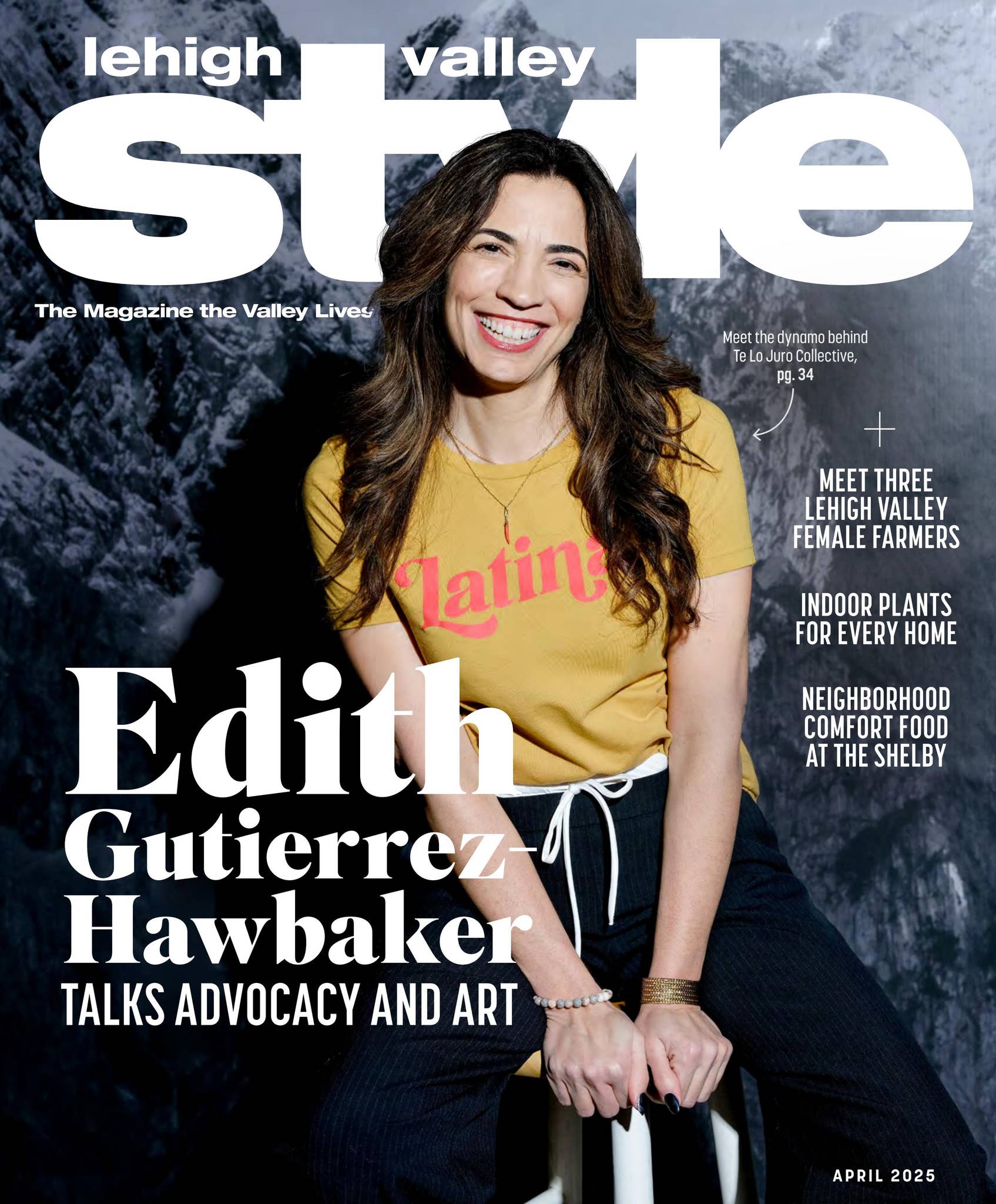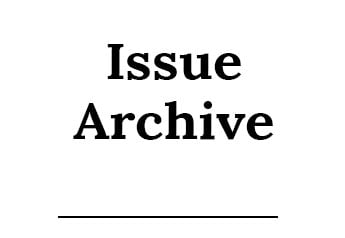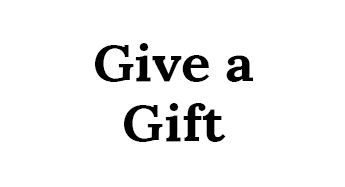
I smile at the recollection of my first “official” wine tasting. At that time, the process appeared very intimidating. I stereotyped wine specialists as men in dark suits with bowties, slurping wine while making faces with bizarre noises and then elegantly spitting wine into a bucket. And there I was, not only did I not have a clue how to taste wine properly, but I was also wondering how I would make it through the eight wines line-up without ruining my brand new dress. Many years after that first wine experience, and countless wine tastings later, I am convinced that anyone can train his or her palate. Techniques used by pros are easy to understand. It simply involves methods of perception we apply on a daily basis using our five senses. I like to describe the wine tasting process through the “5S” methodology: See, Swirl, Smell, Sip and Swallow.
See
Most wines are filtered prior to bottling so that they appear bright and clear. Residues or sediments are harmless in most cases and can be a sign of an artisanal wine (winemakers occasionally prefer to craft unfiltered wines to preserve their flavors and identity). Generally, younger wines have vibrant and bright colors. With time, the color of white wines deepens, while red wines lose color. The rim variation (the difference of color between the wine in the center of the glass and near the edge) also gives an idea about the wine's age. Watery edges suggest younger wines, while a tawny-brown color is a sign of older wines. Finally, the viscosity (commonly called “wine legs” or “tears”) indicates the level of alcohol and residual sugar of a wine. Nice legs are not necessarily a sign of quality in a wine!
Swirl and Smell
To assess the aromas in a wine, it is best to give the glass a little swirl. This should be done in a proper egg-shaped wine glass, not a plastic tumbler. I am not being a snob about this; it really makes a difference! Gently aerating the wine allows subtle oxygenation and enhances aromas. I always go from the big picture (does the wine smell mainly fruity, floral, spicy, earthy and/or herbal?) to more specific details (which type of fruits, flowers, spices, etc.). And if the first sniff discloses a cardboard smell (a corked wine) or a burnt smell (an oxidized wine), I recommend sending the bottle back. With time, I am positive everyone can discern deeper aroma layers such as yeasts, nuts, vanilla or mushroom. At my first professional tasting all I could smell was “wine” and I seriously thought my colleagues were just showing off. Taking time to focus and regularly smell a variety of wines helps to identify common scents. These become familiar with practice, and the tasting process becomes more enjoyable.
Sip
Taking a small sip of wine and letting some air through the mouth (without staining one's favorite outfit!) is the best way to circulate the wine throughout the mouth and extract flavors. This process usually confirms the aromas identified during the “sniffing” step and translates them into flavors. It also reveals the structure of the wine (or mouthfeel), acidity or sweetness, as well as the tannins, which add bitterness and astringency. Sipping also discloses additional layers of flavors that can only be revealed in the mouth— This is my favorite part!
Swallow
This is the moment to savor (or spit...) the wine and to draw a conclusion.
The previous steps might appear fanciful and obscure at first. Wine tasting is not just about analyzing wine but also discovering flavors to enjoy. Ultimately, it is about sensations felt during that experience. Practicing wine tasting trains the palate and helps us to enjoy all sorts of other food over time. I encourage you to attend wine tastings (local Wine & Spirits stores host weekly events) or to visit wineries (the Lehigh Valley wine trail is just around the corner!). Finally, hosting a private wine tasting is the best way to discover new wines to enjoy and have an entertaining experience!
Famous journalist Malcolm Gladwell wrote that anyone can master a skill with 10,000 hours of practice. I agree that rigorous training is a key to success, but I also believe anyone can embrace the benefits and joy of wine tasting in a much shorter amount of time…
Cheers!

About the Author
Céline Riquelme is an International wine specialist, wine consultant and wine blogger.
A native of France, Céline has worked and lived throughout Europe and the USA and holds the Diploma of the WSET (Wine & Spirit Education Trust). Céline founded “Three Cheers Wine Solutions” based in Center Valley to share her knowledge and passion for wine. Céline helps clients select the best wines to serve during their special events and hosts tailor-made wine tasting experiences as well as wine educational classes. Occasions range from small parties (private dinners, bridal showers) to large gatherings (weddings, networking and charity events, corporate team-building…)
Céline also provides consulting to restaurants to optimize their wine list, train their staff and enhance the restaurants' profile through wine related events.
To learn more about hosting a private wine tasting or get advice regarding wine selection for a future event threecheerswine.com



 threecheerswine
threecheerswine threecheerswine
threecheerswine










